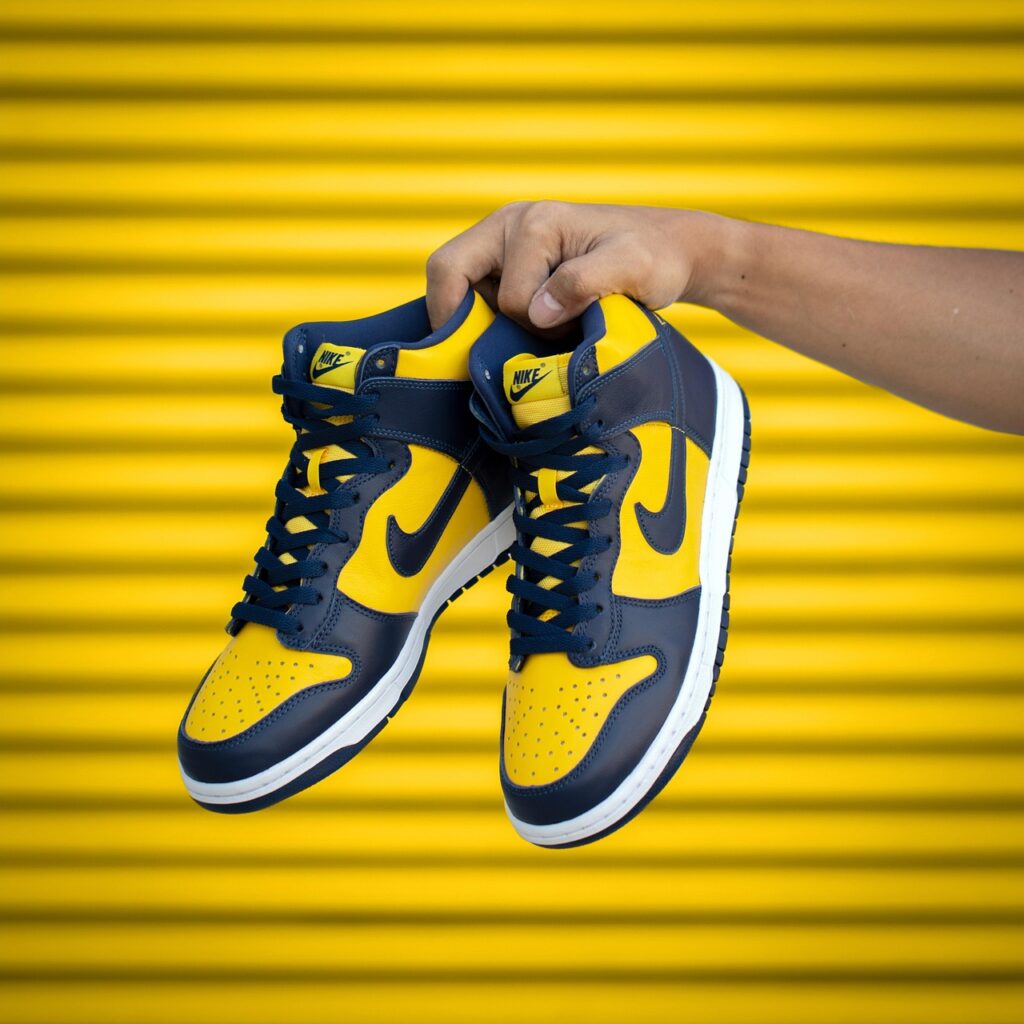Nike will increase prices on many footwear and apparel products beginning June 1. This move comes as part of the company’s regular seasonal pricing adjustments, officials say. Nike did not connect the price hikes to the recent US tariff policies under President Donald Trump, though the trade environment remains uncertain. The company also announced it will restart direct product sales on Amazon in the US after a six-year pause.
Nike Price Hikes: What to Expect
From June, most Nike shoes priced above $100 will see price increases of up to $10. Apparel and sports gear prices will rise by $2 to $10. However, Air Force 1 sneakers and footwear priced under $100 will not be affected. Nike is also exempting children’s items and Jordan brand accessories from these changes.
Nike says these adjustments result from internal seasonal planning combined with external market conditions. A spokesperson highlighted that the company regularly reviews prices based on product cycles and market trends.
Adidas Issues Warning on Tariff Effects
Adidas has recently warned consumers that US tariffs might push up prices of popular trainers like the Gazelle and Samba. These tariffs, announced earlier this year, have increased import costs for sports brands selling in the US.
Industry experts note that the current 90-day suspension of new “reciprocal tariffs,” announced by the US in April, will end in early July. This has raised concerns about future cost increases for consumers.
Production and Tariffs Impact Pricing
Nike’s footwear is primarily manufactured in Asia, with Vietnam, Indonesia, and China as key production hubs. These countries face US import taxes ranging from 32% to 54%. Such tariffs have contributed to higher costs for brands like Nike and Adidas.
On Thursday, Nike confirmed it would resume direct sales on Amazon’s US platform. This marks a return after withdrawing in 2017 to focus on Nike’s own retail stores and website. The US market remains critical for Nike, accounting for nearly all of the brand’s American sales and a large portion of global revenue.
Sales Pressure Shapes Pricing Decisions
Nike’s US sales have weakened recently, affecting its ability to maintain premium pricing strategies. While trade tensions remain a challenge, the company stresses that seasonal planning plays a major role in price adjustments.
JD Sports, a UK-based retailer, warned that rising US tariffs could dampen consumer demand by pushing up prices. Nike appears to be balancing the need to adapt to these pressures while managing consumer costs carefully.
Nike will raise prices on many products starting June 1 due to internal seasonal planning amid trade uncertainty. Adidas also warns tariffs could raise trainer costs. Nike’s US sales and tariff pressures influence pricing, while direct Amazon sales resume after a break. The US market remains crucial for both brands.
